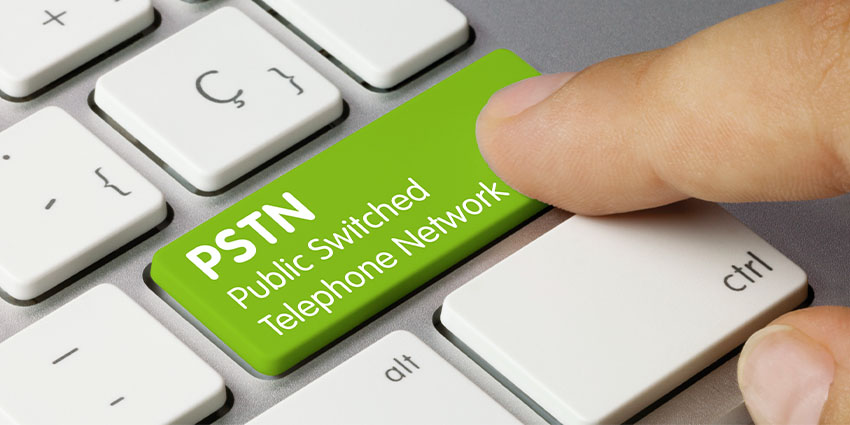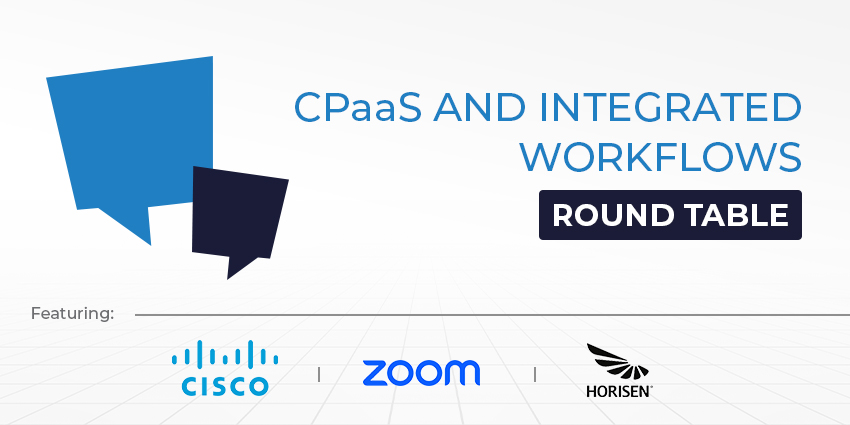The rise of PSTN, or the Public Switched Telephone Network, dates back to the emergence of commercial telephones in the early 1900s when telephony took advantage of existing telegraph systems.
Since then, PSTN has rapidly evolved – first taking a more modern shape and form in the 1970s and then co-existing with internet-based services like VoIP calling in the 2000s. Today, even in scenarios where businesses use VoIP as part of their unified communications (UC) deployments, PSTN is still relevant to provide redundancy and enable failover – although countries worldwide are planning to switch off their PSTN networks throughout the decade.
So, what is PSTN, and how does it work? Here is a quick introduction to the global telephone network, known as plain old telephone service or POTS.
What is PSTN? Definition
PSTN (Public Switched Telephone Network) is the classic foundation of international telecommunications. The public switched telephone network (PSTN) traditionally used underground copper cables and telephone lines to link individuals and businesses. Initially, a system of fixed-line analog telephone systems, the PSTN’s core network is now almost fully digital and incorporates mobile and other networks in addition to fixed lines.
The PSTN’s technical functioning conforms to the ITU-T norms for information technology standardization. These standards enable smooth interconnection across networks in various nations. The E.163 and E.164 standards, for instance, offer a single worldwide address space for phone numbers. The combination of linked networks and a unified numbering system enables the global interconnection in telephones – which is the core purpose of PTSN.
The initial architecture of the PSTN emphasized only voice communications. Nonetheless, PSTN supported data movements as communication requirements expanded. Specifically, integrating Integrated Services Digital Network (ISDN) connections allowed for significant advancement in the concurrent digital transmission of video, voice, and data, as well as other network services.
How Does PSTN Work?
Public Switched Telephone Network or PSTN depends on the following main components to operate:
- Central office – The central office, also known as the local exchange, typically consists of one or more branches that connect subscribers to a PSTN line. Typically, a subscriber’s central office connection will depend on their geographical position. The exchange then recognizes the phoned number and sends it to the specified location
- Tandem office – A tandem office, also called a junction network, is a step up from a local exchange. It is composed of many local exchanges and serves a greater geographical region. The tandem office may route telephone calls across local exchanges
- Toll office – When a number is phoned beyond the coverage area of a local exchange or tandem office, it is routed to a toll office. At the toll office, domestic long-distance calls may be made. An example would be making a phone call from California to New York
- International gateway – As its name suggests, the international gateway is used to make calls beyond one’s country of origin. The international gateway controls call switching and send calls to the appropriate country when an overseas number is dialed
After dialing a number, a telephone converts the user’s speech into electrical signals, which may be delivered through wires to a terminal. The terminal then transmits the electrical signals to the central office or local exchange.
Once the central office obtains this data, they are transmitted via wires as light pulses to the right destination. Once the call arrives at its target location, it is transformed into electrical signals and sent to the appropriate terminal.
The terminal will then redirect the call to the appropriate phone number. After receiving the electrical impulses, the phone will transform them back into sound waves. This is how PSTN facilitates near-instantaneous communication between users.
The Pros and Cons of PSTN
The Public Switched Telephone Network operates using three fundamental features:
- Subscribers may connect by providing their telephone numbers
- The primary function of the current connections is to convey voice data
- After disconnecting, the connection is severed, and the utilized resources become accessible to other subscribers.
This offers several advantages to enterprises. PSTN has existed for decades. Thus the infrastructure and technologies are almost flawless. Even if there is a power failure or the company’s Internet is down, communication will not be compromised. Moreover, since PSTN depends mostly on analog lines (lines made of copper wires), it is not particularly vulnerable to cyberattacks. Finally, PSTN lines offer excellent ease of use, from setup to the process of communicating.
On the downside, PSTN installation and calls are much more costly than VoIP calls. With fixed lines, calls are restricted to the office or any other location where the phone system is configured – unless one uses PSTN with a modern platform like Microsoft Teams. In addition to cost, PSTN connections are rapidly becoming outmoded because of their limited features.
Moving Beyond PSTN: The Way Forward
Outdated analog equipment is the bane of using PSTN for modern companies. The infrastructure is expensive to maintain, and understanding is steadily decreasing.
Telecommunications providers are urging customers to use voice over Internet protocol (VoIP). Voice over Internet Protocol (VoIP) is a technology that transforms voice into digital data for transmission over an IP network, such as the Internet. Although migration is now optional, it will eventually become essential for individual and corporate consumers. In many nations, telecommunications operators intend to discontinue PSTN services soon. Globally, the target date for the switch-off is 2030.
The elimination of PSTN and migration to an IP-only network will simplify network administration for communications providers. On the user’s side, many companies are already using VoIP in some capacity, and businesses that transition to VoIP often experience substantial cost advantages.







